Amazon announced Amazon Cloud Drive and Amazon Cloud Player, a digital storage and music locker service. The first 5GB are free, 20GB is $20 a year(first year is free with the purchase of an album), 50GB is $50, etc.
The service will allow storage of any sort of file, but Amazon Cloud Player, which is available in the Amazon MP3 Android App and as a web-based player, only recognizes MP3 and AAC files. So no FLAC, OGG, etc. Shame, we like OGG.
Going forward, if you buy an album from Amazon MP3, it will be transferred directly to your cloud drive and does not count toward your storage allowance. Unfortunately, it will not import your previous purchases, so you will have to upload them. The MP3 uploader doesn’t support Linux, and there is no uploader on the Android app. Hopefully, Amazon or a third-party will rectify this, but we don’t see an API for third-party developers to build on yet either.
We’re curious to see what Google’s offering is for music. But this is perfect for Amazon MP3 purchases going forward. They are already storing the files anyway, so linking them into your account doesn’t cost them any space, which is why we’re surprised they won’t do it for already purchased files, considering they’ll have to store duplicates now.
It won’t beat Amazon S3 on functionality, but it does beat them on price. If they open it up to third-party app development and support additional formats, we’d put our media there, how about you?
Related articles
- Test drive of Amazon Cloud Drive for MP3s (zdnet.com)
- Introducing Amazon Cloud Drive (amazon.com)
- Amazon Launches Cloud Drive And Cloud Player For Music (paidcontent.org)
- Amazon Launches Online Media Storage Service, Amazon Cloud Drive (huffingtonpost.com)

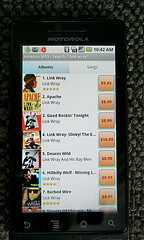
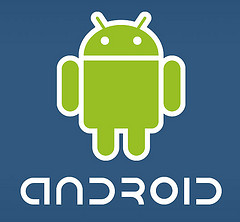

![Reblog this post [with Zemanta]](http://img.zemanta.com/reblog_e.png?x-id=e7d5614b-648d-45f2-ad7a-8dbf4fe60fa5)







![Reblog this post [with Zemanta]](http://img.zemanta.com/reblog_c.png?x-id=ec13664e-eb5d-4f28-8abf-eca4afec0b01)
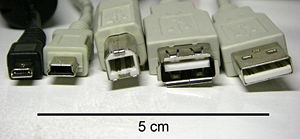

![Reblog this post [with Zemanta]](http://img.zemanta.com/reblog_e.png?x-id=4a1a6b9b-aba3-437a-89ff-7e542ea7c9d1)
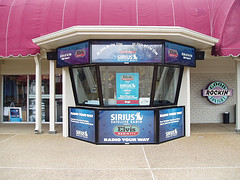

![Reblog this post [with Zemanta]](http://img.zemanta.com/reblog_e.png?x-id=666bb618-e145-4a01-aae8-30df4b8e3a92)
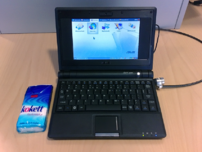

![Reblog this post [with Zemanta]](http://img.zemanta.com/reblog_e.png?x-id=61311da7-2ede-4dca-ab24-600da064aae0)


![Reblog this post [with Zemanta]](http://img.zemanta.com/reblog_e.png?x-id=1a20142d-d75a-4944-a14c-864798a5c6d4)



![Reblog this post [with Zemanta]](http://img.zemanta.com/reblog_e.png?x-id=b57ea0cd-059e-4f37-af1e-74552a239884)